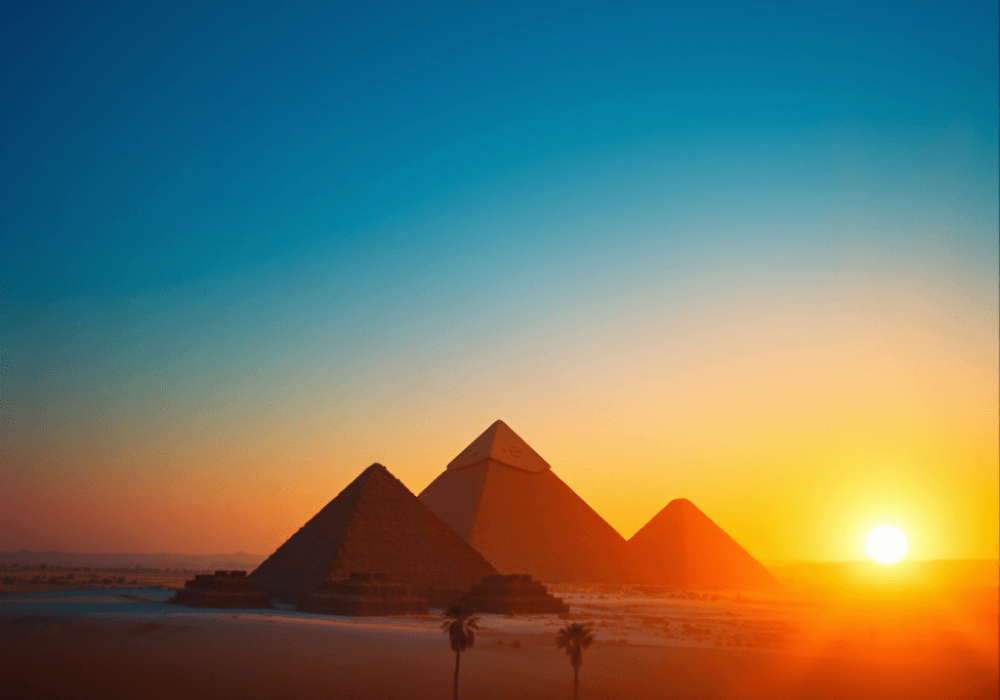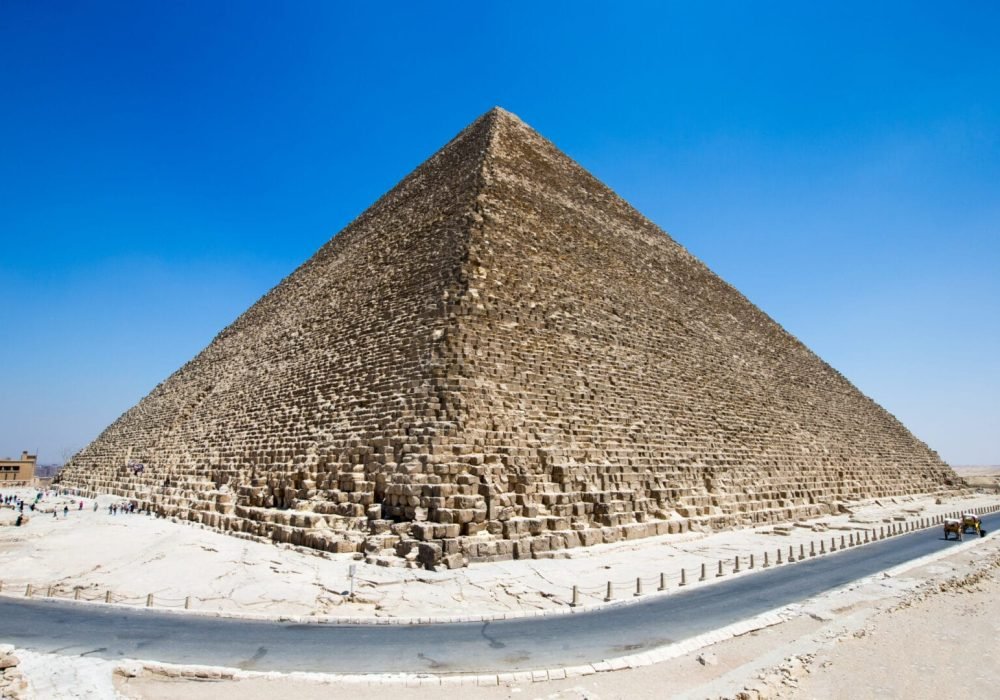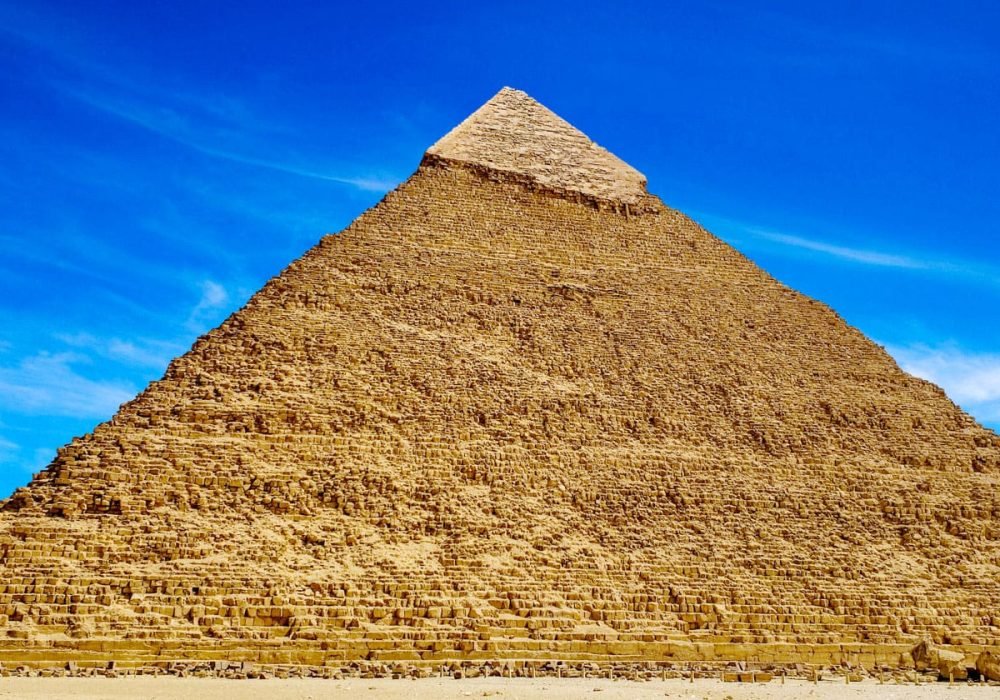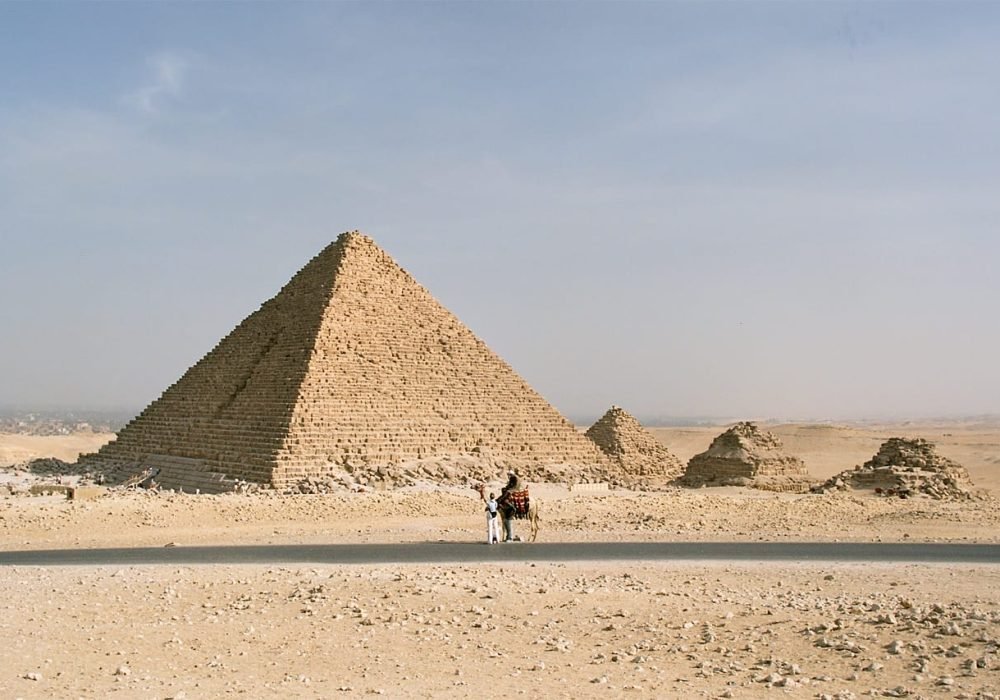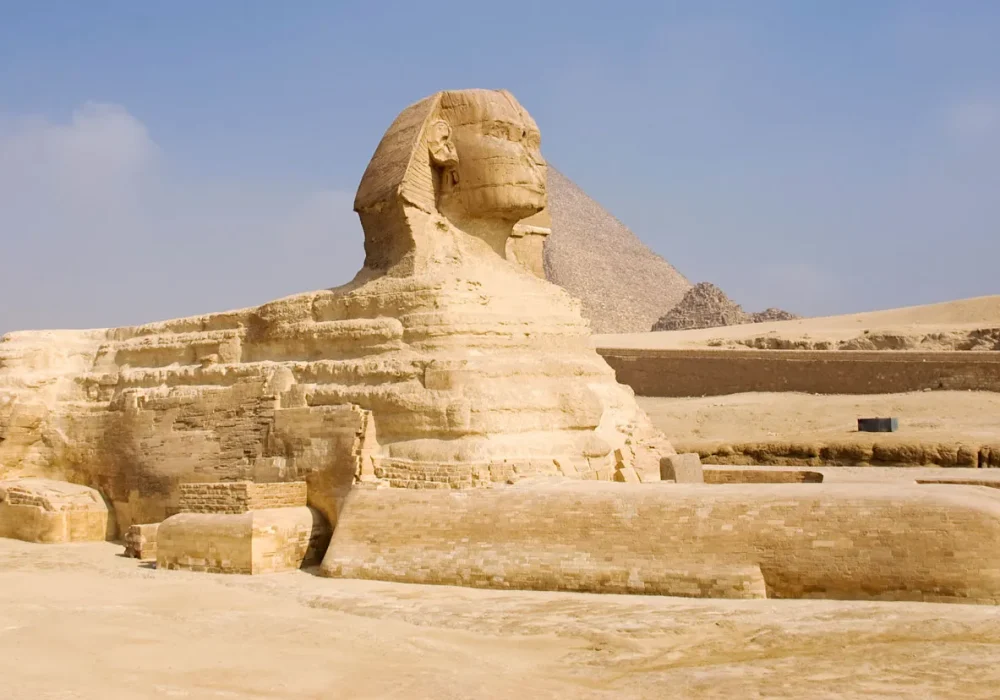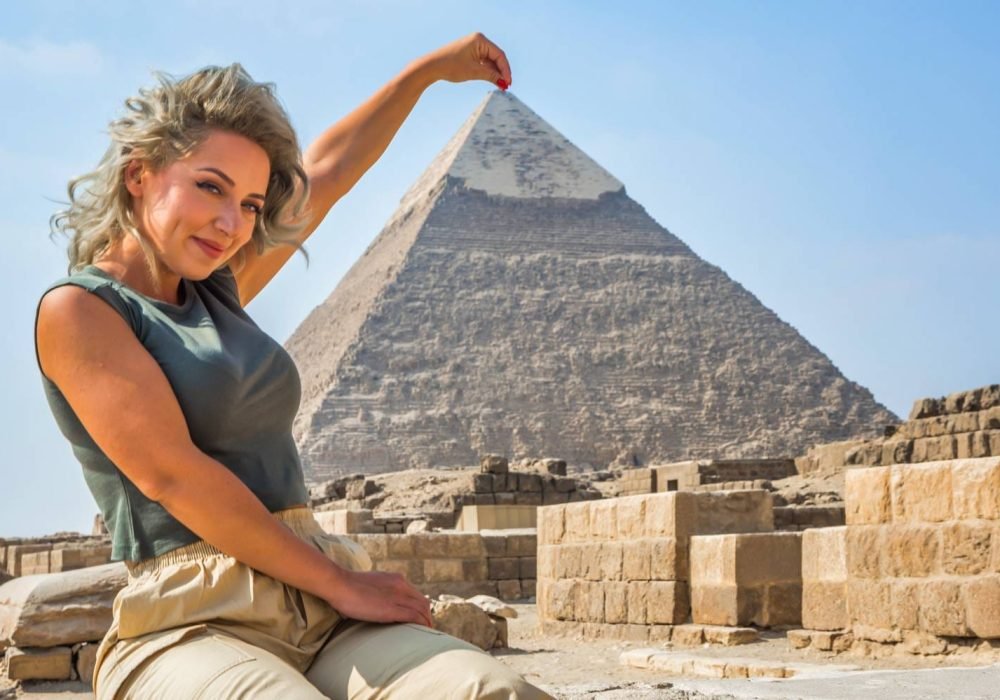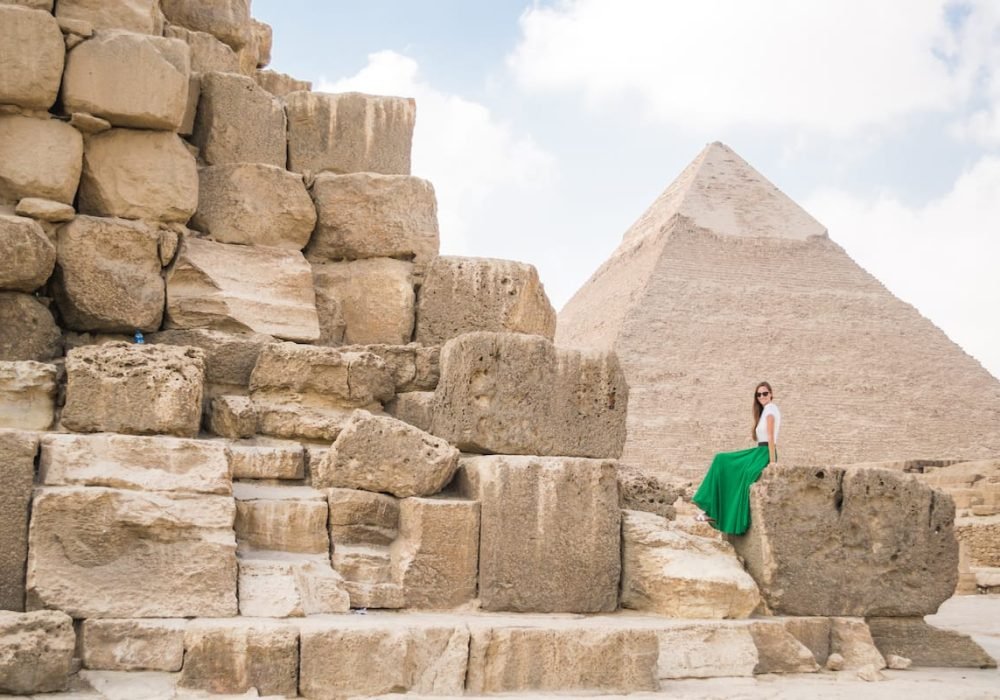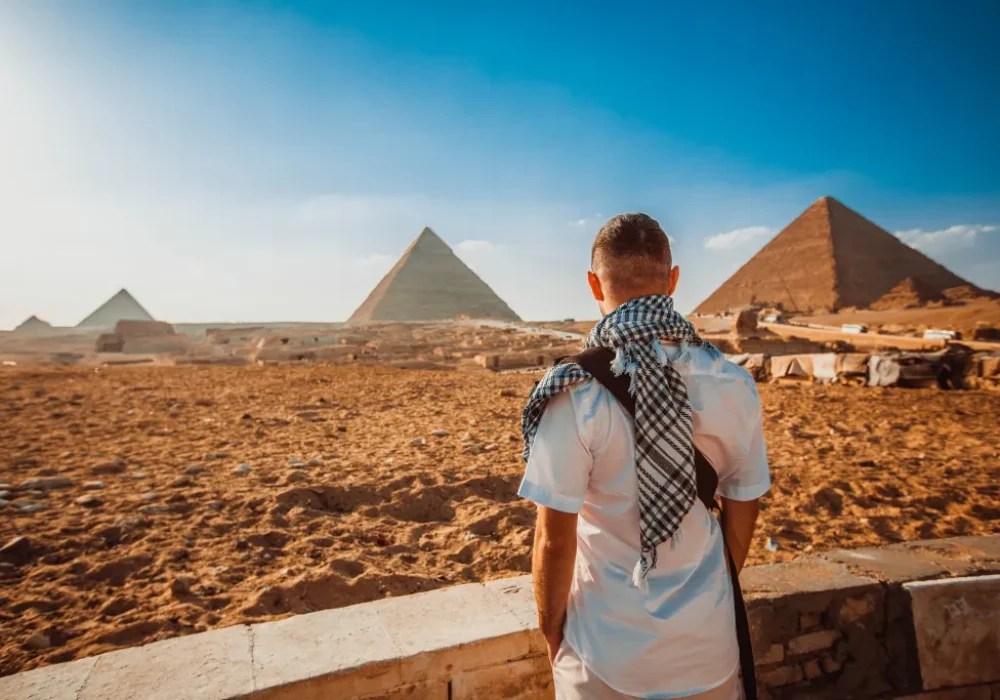- Egypt Tour Magic
- Egypt Tour Packages
- Excursions in Egypt
- Cairo Tours and Excursions
- Hurghada Tours and Excursions
- Soma Bay Tours and Excursions
- Makadi Bay Tours and Excursions
- Sahl Hasheesh Tours and Excursions
- El Gouna Tours and Excursions
- Marsa Alam Tours and Excursions
- Port Ghalib Tours and Excursions
- El Quseir Tours and Excursions
- Dendera and Abydos Day Tours
- Aswan Tours and Excursions
- Luxor Tours and Excursions
- Alexandria Tours and Excursions
- Sharm El Sheikh Tours and Excursions
- Top Rated Tours in 2025
- Optional Excursions in Egypt
- Private Transfer
- Blogs About egypt
- Ancient Egypt
- What You Need To know Before Your First Trip To Egypt
- Best Places to Visit in Egypt 2025
- Top Attractions in Red Sea Resorts 2025
- Top 10 Tourist Activities in Egypt
- Top 30 Activities You Can’t Miss in Egypt
- The Guide to Guided Tours in Egypt
- Egypt’s Ancient and Modern History
- The Nile River
- The Deserts of Egypt
- Historical Sites in Egypt
- Cairo
- Alexandria
- Luxor
- Aswan
- The Red Sea
- Dendera Temple
- El Fayoum Oasis
- Bahariya Oasis
- Siwa Oasis
- Al Alamein
- Marsa Matruh
- Ancient Egyptian gods
- famous Egyptian dishes
- UNESCO World Heritage sites
- About Us
- Why Egypt Tour Magic
- Egypt Tour Magic
- Egypt Tour Packages
- Excursions in Egypt
- Cairo Tours and Excursions
- Hurghada Tours and Excursions
- Soma Bay Tours and Excursions
- Makadi Bay Tours and Excursions
- Sahl Hasheesh Tours and Excursions
- El Gouna Tours and Excursions
- Marsa Alam Tours and Excursions
- Port Ghalib Tours and Excursions
- El Quseir Tours and Excursions
- Dendera and Abydos Day Tours
- Aswan Tours and Excursions
- Luxor Tours and Excursions
- Alexandria Tours and Excursions
- Sharm El Sheikh Tours and Excursions
- Top Rated Tours in 2025
- Optional Excursions in Egypt
- Private Transfer
- Blogs About egypt
- Ancient Egypt
- What You Need To know Before Your First Trip To Egypt
- Best Places to Visit in Egypt 2025
- Top Attractions in Red Sea Resorts 2025
- Top 10 Tourist Activities in Egypt
- Top 30 Activities You Can’t Miss in Egypt
- The Guide to Guided Tours in Egypt
- Egypt’s Ancient and Modern History
- The Nile River
- The Deserts of Egypt
- Historical Sites in Egypt
- Cairo
- Alexandria
- Luxor
- Aswan
- The Red Sea
- Dendera Temple
- El Fayoum Oasis
- Bahariya Oasis
- Siwa Oasis
- Al Alamein
- Marsa Matruh
- Ancient Egyptian gods
- famous Egyptian dishes
- UNESCO World Heritage sites
- About Us
- Why Egypt Tour Magic
Visiting the Pyramids and the Sphinx in Giza: A Journey Through Ancient Egyptian Grandeur
The Pyramids of Giza and the Great Sphinx are among the most iconic tourist attractions in the world. As one of the Seven Wonders of the Ancient World, they offer a unique opportunity to explore the grandeur and history of Ancient Egypt. For travelers, a visit to these awe-inspiring monuments is a chance to immerse themselves in the ancient civilization that shaped much of the world’s heritage. The Pyramids and the Sphinx stand as timeless symbols of the brilliance and mystery of Egyptian history.
1 . The Pyramids: Timeless Monuments of Ancient Engineering
The Pyramids of Giza, located on the outskirts of Cairo, Egypt, are among the most famous landmarks on the planet. The site is home to three massive pyramids: the Great Pyramid of Khufu, the Pyramid of Khafre, and the Pyramid of Menkaure. Each of these pyramids has its unique size, design, and historical significance, making them not only an architectural marvel but also a testament to the ingenuity of Ancient Egyptian civilization. The construction of the pyramids involved sophisticated techniques and organization, reflecting the advanced knowledge of mathematics, engineering, and astronomy held by the Egyptians at the time.
2 . The Great Pyramid of Khufu: A Marvel of Ancient Architecture
The Great Pyramid of Khufu, also known as the Pyramid of Cheops, is the largest and most famous pyramid in Giza. Built for Pharaoh Khufu (Cheops) around 2580 BC, it was originally 146.6 meters (481 feet) high, making it the tallest man-made structure in the world for over 3,800 years. The pyramid was constructed using millions of limestone blocks, and its precision in alignment with the cardinal points is a testament to the advanced engineering skills of the ancient Egyptians. It is believed to be the burial site of Pharaoh Khufu, and its sheer scale continues to inspire awe and admiration among visitors. The Great Pyramid is the last remaining wonder of the ancient world, solidifying its place in history.
3 . The Pyramid of Khafre: A Symbol of Royal Power
The Pyramid of Khafre, located just south of the Great Pyramid, was built for Pharaoh Khafre, the son of Khufu. Although it is slightly smaller than the Great Pyramid, the Pyramid of Khafre appears taller due to its higher elevation. This pyramid is unique because it still retains part of its original casing at the top, which gives visitors a glimpse into how the pyramids once appeared. In addition to the pyramid, the area surrounding it is home to the famous Sphinx, a colossal limestone statue with the body of a lion and the head of a pharaoh. The Sphinx is thought to represent Khafre himself and symbolizes strength, wisdom, and divine protection.
4 . The Pyramid of Menkaure: The Smaller Yet Significant Wonder
The Pyramid of Menkaure is the smallest of the three main pyramids in Giza, but it is no less impressive. Built for Pharaoh Menkaure, it stands at 65 meters (213 feet) tall, significantly smaller than the other two pyramids. However, its design and the surrounding complex make it an essential part of the Giza Plateau. Menkaure’s pyramid is known for its intricate construction and the impressive statues and reliefs found within its burial chamber. Although it is smaller in size, it still stands as a testament to the architectural and cultural achievements of Ancient Egypt.
5 . The Sphinx: A Timeless Symbol of Egyptian Mysticism
The Great Sphinx of Giza is one of the most recognizable statues in the world. With the body of a lion and the head of a pharaoh, it is believed to represent Pharaoh Khafre, although its true identity remains a subject of debate. The Sphinx is thought to symbolize strength, wisdom, and protection, and its mysterious expression continues to fascinate visitors and scholars alike. Standing guard at the foot of the Pyramid of Khafre, the Sphinx has witnessed thousands of years of history. Its size, with a length of 73 meters (240 feet) and a height of 20 meters (66 feet), makes it a monumental figure that draws tourists from all over the world to ponder its origins and significance.
6 . Activities Around the Pyramids: Exploration and Learning
A visit to the Pyramids of Giza offers a wealth of activities that make the experience even more enriching. Visitors can take a guided tour around the pyramids, allowing them to learn about the fascinating history, architecture, and cultural importance of these ancient structures. One of the most popular activities is camel riding around the Pyramids, which gives a unique perspective on these majestic monuments while offering a taste of ancient travel. Additionally, the nightly Sound and Light Show is a must-see attraction, as it combines light, music, and narration to tell the story of the Pyramids and Ancient Egyptian history in a captivating way. These activities allow visitors to deepen their connection to the past and appreciate the grandeur of these historical landmarks.
7 . Best Time to Visit the Pyramids: Optimal Conditions for Exploration
The best time to visit the Pyramids of Giza is during the cooler months, such as winter or early spring. In summer, the temperatures can soar, making it uncomfortable for visitors to explore the site during the peak afternoon hours. It is recommended to visit the pyramids in the morning or late afternoon when the weather is milder, and the crowds are smaller. This also allows visitors to experience the magical atmosphere of the pyramids during the golden hours of the day, when the sunlight casts dramatic shadows on the ancient stone structures.
8. Best Time to Visit the Pyramids: Preparation for an Unforgettable Experience
When planning your visit to the Pyramids of Giza, it’s important to come prepared to fully enjoy this incredible experience. Wear comfortable, light clothing and sturdy shoes, as you will be walking on sandy and uneven terrain. Don’t forget to bring plenty of water to stay hydrated, especially if visiting during the warmer months. It’s also advisable to be cautious when dealing with street vendors offering souvenirs, as they can be quite persistent. Set a budget for souvenirs and stick to it, and remember to enjoy the historical significance of the site. The Pyramids and the Sphinx are not just tourist attractions; they are sacred and ancient places that have stood the test of time.


